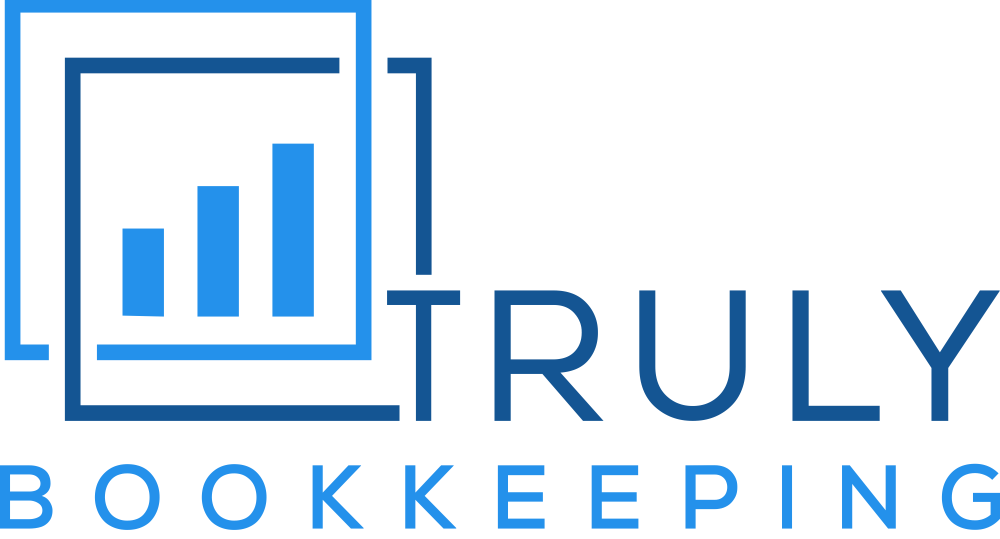Cash vs. Accrual Accounting – What Every Business Owner Should Know

Cash vs. Accrual Accounting – What Every Business Owner Should Know
When you open your bookkeeping software to generate a report you are presented with several customization options. You can change the period, add comparisons, drag and drop columns. Then there is this one toggle which many know is there but have no idea what it means – cash versus accrual.
This is a common option you will see on financial reports, but what does it mean?
Cash versus accrual is a common concept in the bookkeeping world that can make a big difference in how your information is presented. Understanding the difference between the two can help you better decipher profitability, expenses, cash flow, and overall operations within your business.
Let’s begin by understanding the definition of each.
Cash Accounting
Cash accounting is the idea that we write transactions into your books when the money hits or leaves the bank. It is very straightforward with very specific transaction dates.
For example, if you were to purchase a product on January 1st and the cash were to leave your bank on January 3rd. Then we would record it as happening on January 3rd. This is when the transaction would appear, any previous dates or actions around this date are irrelevant.
When did the money enter the bank account or when did it leave?
Accrual Accounting
Compare this with the alternative, accrual accounting. Accrual accounting takes into account the actions behind the transaction and divides the money accordingly.
For example, let’s say you decided to subscribe to an online application. You purchased an annual plan for $120 on March 3rd. Under the cash method, we would say you had an expense of $120 on March 3rd.
Under the accrual method, we would take that $120 and divide it amongst the 12 months you have the subscription. This would likely be from March 3rd year 1 to March 3rd year 2. If you were to pull up a report for June year 1, you would see the subscription expense of $10 listed. Likewise, with any month you pulled up within that period.
Why The Difference?
The accounting industry offers two different accounting methods because each has an appropriate time and place.
For example, when filing your taxes you are required to use the cash method. This is because the IRS wants to know what specific cash you received in a specific year. They are not assessing the productivity or cash flow of your operations. The reports are simply used to determine your tax liability.
The accrual method is more appropriate to use for management who may be trying to understand business operations better. Under the accrual method, you will be able to see expenses not when the transaction just took place, but over the life of the expense.
For example, let’s say your employees worked December 15th – 31st. You then ran payroll on January 1st. Under the cash method, the labor expense on January 1st would show up. However, you know this would be an inaccurate representation of when the work was performed.
The accrual method helps management understand the operations of the business from a financial perspective.
Using The Accrual vs. Cash Method
It is important to start this section by stating there are a lot of different ways to override actions in Quickbooks or any bookkeeping application. This is why it is always important to consult with an accountant before you start using too many advanced features.
You are likely already using the cash method. Little needs to be done to implement it. So this is typically the default you will see when setting up your bookkeeping application
When it comes to implementing the accrual method, this will require some accounting experience. Implementing the accrual method can sometimes require journal entries or adjusting automatic entries.
If we think back to our earlier example of purchasing an annual subscription for $120. In the first month of your usage, you will see $110 in prepaid expenses and $10 in subscriptions. Then as each month passes an entry needs to be made to shift $10 from prepaid expenses to subscriptions.
This is just one area you need to adjust to implement accrual accounting. This should also be done for your other expenses and income transactions to truly show the accrual method.
This can require extensive work on the end of the accountant but the information it presents to management can be immensely valuable in decision making.
If you are curious about implementing the accrual method into your business, we recommend reaching out to schedule a consultation. Sometimes implementing this method is the answer, sometimes there are other reports or numbers we can pull to provide you with the same information at a much lower cost.
